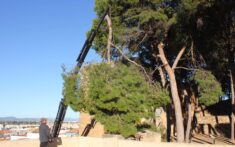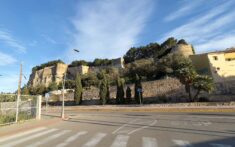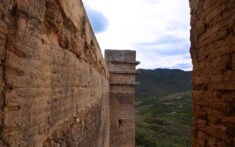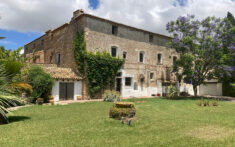Convent of Ntra. Sra. De Loreto, mothers Discalced Augustinians, was founded in the early seventeenth century. Felipe III presided over the founding ceremony on January 25 of 1604. This monastic complex was created under the patronage and munificence of D. Fco. Gomez de Sandoval y Rojas, Duke of Lerma and Marques de Denia. It was located in one of the most important streets of the suburb of Vila de Dénia and its implementation created a major attraction and urban renewal. It occupies almost an entire city block, of more than 2000 meters.
The building complex has the church opened for worship in the last quarter of the seventeenth century and the cloister, which structure and represents an important part of the convent buildings.
The southern wing of the cloister integrates vestiges of the original building. Construction of the church began in 1683. The June 9 began to topple the old temple.

The work was concluded, in its fundamental parts, the 16 1684 September. It bless, after eight years of work ornamentation, the 10 1691 June.
The facade is austere and restrained. The entrance portal to the church presents a semicircular arch flanked by Doric pilasters. Above them the entablature and on it a rebanco topped by pinnacles with balls. The other gateway to the convent, gives onto the street of Sant Narcís, is a means arc point adovelado later to trim a maimed lintel. It belongs to the time of foundation of the building.
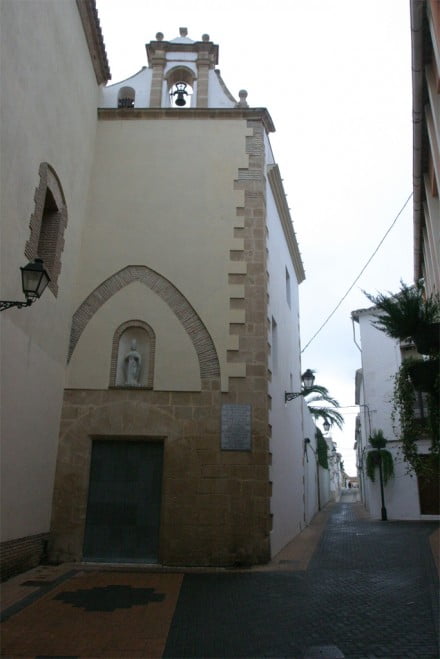
Latin cross inscribed in a rectangle, with chapels that do not communicate with each other and wide cruise dome on scallops. It is covered with a barrel vault with lunettes and hoods with Vahida vault. Jesuítica playing a type of plant that spread from Rome, in the late sixteenth century.
We have photographic documentation that can recognize its interior decoration before its destruction in a fire shortly before the contest 1936. It was lavishly decorated with sgraffito, carvings and paintings, as well as plaster reliefs contained angels and baroque ornamental motifs. Decoration covered everything: Pilasters of composite order, entablature, soffit of the arches, domes and pendentives, which also incorporated allegories of the Virgin, head of the temple. This work of great finesse and quality was within the decorativismo that permeated the Valencian architecture from 1675.
During the nineteenth century in the convent major reforms followed. Cloister highlights the marked homogeneity of execution of the eastern and western galleries. However, we must emphasize its ornamental character. They act as elements of almost theatrical character with a partial connection with the structure of the building loads.
The structural elements, such as pillars, imposts, arches and cornices are carved in blocks of local sandstone. The arcade is defined by quadrangular pillars, crowned with imposts and semicircular arches with molded voussoirs.
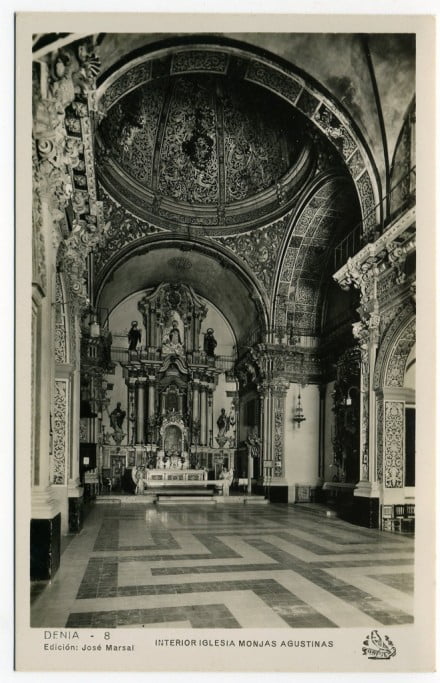
At present almost all movable heritage that the church had disappeared. When the visitor approaches contemplate this very luxurious Dianense old church is just a naked and desornamentada architecture.
The altarpieces are recent bill and of the Holy Blood, before the civil war was on the cruise side of the Gospel, has come to occupy the high altar.
Text: Josep A. Gisbert Santonja. Sant Lluch, 2008.
Pictures: Josep A. Gisbert Santonja

